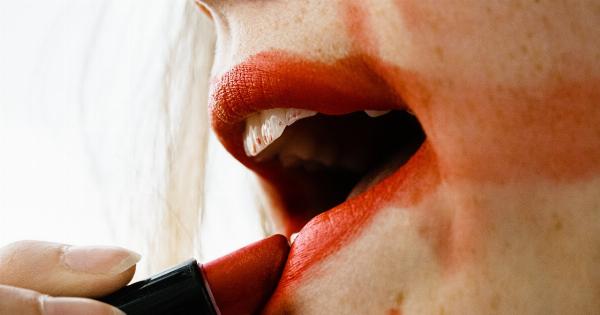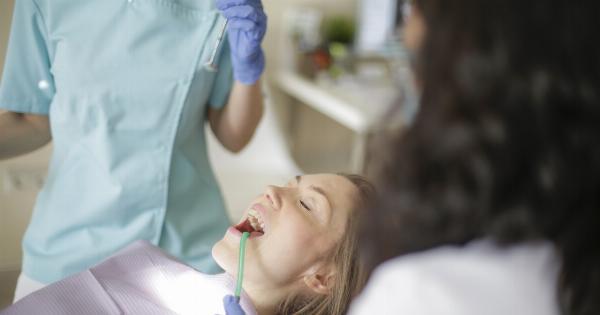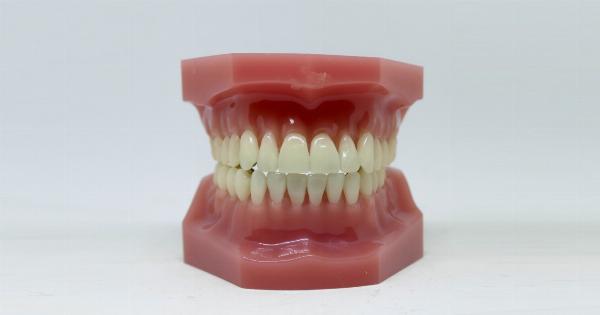Your teeth are an essential component of your smile and overall wellbeing. They not only help you chew food and speak properly, but they also enhance your appearance and confidence.
Unfortunately, several factors can cause teeth discoloration, leading to an unattractive smile, low self-esteem, and even dental health issues.
Discolored teeth can range from mildly yellow to dark brown, depending on the cause and duration. While some causes of discoloration are preventable, others are beyond your control.
Fortunately, a visit to a dental professional can help determine the underlying cause and appropriate treatment options for your teeth.
1. Poor Oral Hygiene
One of the leading causes of teeth discoloration is poor oral hygiene. Brushing your teeth twice a day and flossing regularly can remove plaque and prevent bacteria buildup, which can lead to stains and discoloration.
Failure to keep your mouth clean can cause a yellowish tint to your teeth and lead to gum infection and tooth decay.
2. Foods and Beverages
The type of food and drink you consume significantly affects the color of your teeth. Dark-colored beverages such as coffee, tea, cola, and red wine contain chromogens, which attach to the enamel and cause discoloration.
Foods high in sugar and carbohydrates can also promote bacterial growth and lead to yellow stains on your teeth.
3. Tobacco Use
Tobacco smoking or chewing can cause brown or black stains on your teeth, which may be hard to remove. Tobacco contains nicotine and tar, which penetrate the enamel and cause hard-to-remove discoloration.
Smoking also increases the risk of developing oral cancer and other dental problems.
4. Aging
As you age, your teeth may darken or yellow as the enamel wears out and exposes the underlying layer of dentin, which is naturally yellow.
Age-related discoloration is normal and affects everyone differently, depending on several factors such as genetics, hygiene habits, and lifestyle.
5. Medications
Several medications, such as antibiotics, antihistamines, and chemotherapy drugs, can cause teeth discoloration as a side effect. These medications affect the enamel or dentin and lead to yellow or gray stains on teeth.
6. Genetics
Some people may inherit naturally yellow or gray teeth from their parents, regardless of their hygiene habits or lifestyle. Genetic factors such as thin enamel, tooth density, and inherent color can determine the degree of teeth discoloration.
7. Dental Materials
Some dental materials such as Silver amalgam fillings, dental crowns, and other orthodontic appliances can cause teeth discoloration. These materials contain metals such as silver, copper, and nickel, which can oxidize and stain your teeth over time.
8. Illnesses
Several illnesses such as celiac disease, diabetes, and autoimmune disorders can cause teeth discoloration.
These diseases affect your body’s ability to absorb nutrients and increase the risk of bacterial infection, leading to yellow or gray teeth.
9. Trauma
Teeth trauma, such as injury, falls, or accidents, can cause teeth discoloration due to internal bleeding or enamel damage. Trauma to the teeth can also result in dead pulp, which can cause a grayish or brownish discoloration.
10. Environmental Factors
Exposure to high levels of fluoride, which is commonly found in water and dental products, can cause teeth discoloration.
Excessive fluoride consumption during childhood can cause a condition called fluorosis, which leads to white streaks or brownish spots on your teeth.
Conclusion
Teeth discoloration can affect people of all ages and is often a source of embarrassment and low self-esteem. However, several treatment options are available to whiten and brighten your smile, depending on the underlying cause of discoloration.
Practicing proper oral hygiene, avoiding tobacco and staining foods, and regular dental checkups can help prevent discoloration and maintain good dental health.


























